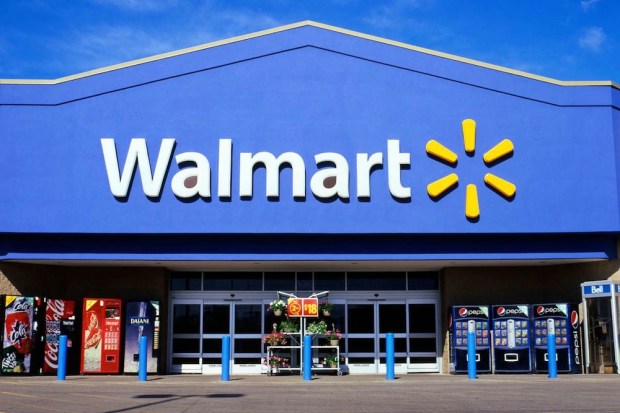Walmart’s Grocery Price War

Good news for customers, bad news for traditional grocers — Walmart is pushing the longest decline in food price in decades.
Walmart is gearing up to square off with Amazon across all retail fronts — and European price cutters like Aldi on the grocery front, where it has been heavily investing in lowering prices.
A lot.
Walmart is paying out to undercut the competition — and testing driving strategic price drops on food and household goods sold, particularly at Walmarts in the Midwest and Southeast. And those decreases are getting visible — according to data from Wolfe Research, Walmart’s basket price for grocery products is 5.8 percent lower than the average in the greater Philadelphia area. In Atlanta the difference was 4.9 percent — in Southern California, 2.7 percent.
Grocers nationally are feeling the bite — operating profits for U.S. supermarkets were down around 5 percent last year, according to Moody’s.
And prices are likely to keep declining — Target is trying to turn around a struggling grocery business and doing it with price cuts.
“We know we have to be competitively priced every day on those core essentials,” Target Chief Executive Brian Cornell told investors recently.
Year-to-year food retail prices dropped in March for the 16th consecutive month — the longest stretch since 1956. That trend, however, may be running toward its limit as commodity prices are expected to begin to some strength in 2017 — which, in turn, is expected to raise the prices for food consumed at home by about 1 percent this year.
Walmart, since its founding in the 1960’s, has focused on lowering prices — though in recent years that focus had been pushed from the forefront. That pushback, as it turned out, was poorly timed, as it was inadvertently concurrent with the rise of smartphones, Amazon and “showrooming.”
Now battling back, Walmart has been pushing to lower its prices for the last two years. Megan Crozier, Walmart senior vice president of packaged goods, said the mega-retailer wants its prices to be 15 percent lower than its competitors’ 80 percent of the time.
“It’s why we exist,” she said.
And it is taking marketshare — albeit at a cost. Profit has fallen 18 percent in the most recent quarter, but existing same store sales have risen for the last 10 consecutive quarters, which is no mean feat in retail these days.
